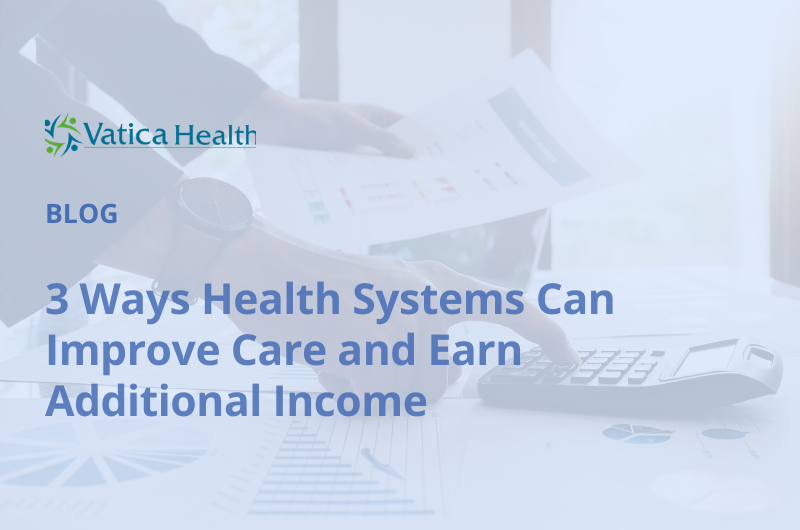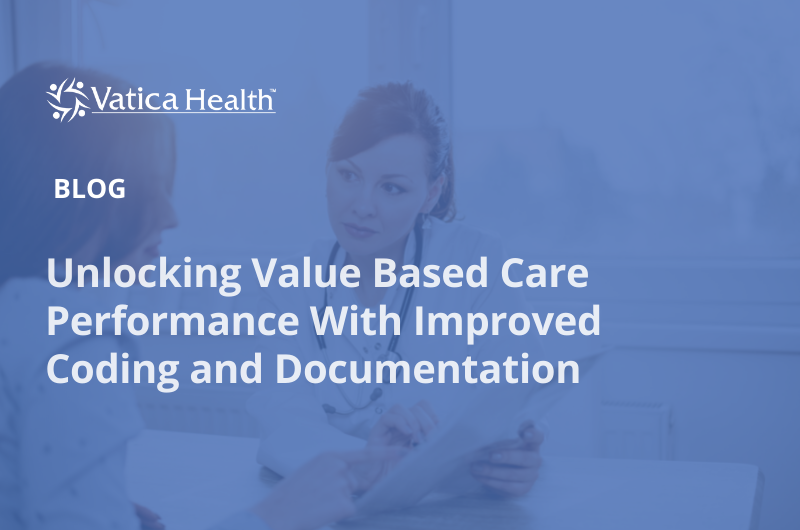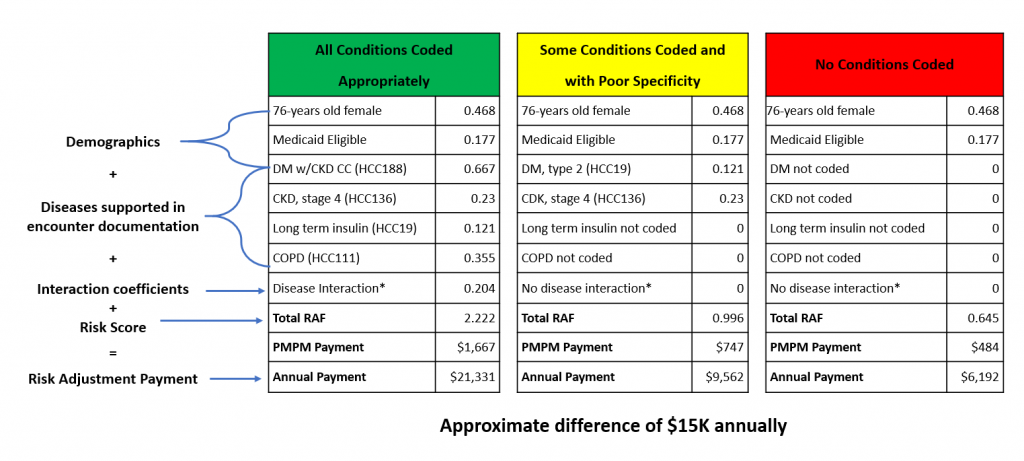
As the pandemic subsides, many PCP groups are seeking to restart or ramp up value-based care (VBC) initiatives that took a back seat to battling COVID for the past two years. The economic impact of COVID on PCPs heavily reliant on fee for service and the looming recession will only accelerate the transition to VBC. However, it does come at a time when many providers are short-staffed and feeling overwhelmed.
A recently-released three-year study by JAMA revealed that, between the fall of 2019 and early 2022, the percentage of healthcare workers who perceived emotional exhaustion in their workplace climate increased from 53.3% to 64.9%. The unfortunate reality is that many physicians are struggling with burnout which has been greatly exacerbated by the multi-year COVID crisis. Addressing this challenge requires collaboration and coordination of efforts among payers and providers.
How can care providers and payers work together to activate physician participation in this climate to improve diagnosis coding and documentation, close gaps in care, achieve better clinical and financial performance, and support VBC initiatives? Some answers were offered in a “Bright Spots in Healthcare” podcast.
Moderated by host Eric Glazer, the podcast offered the perspectives of a diverse, blue-ribbon panel of experts:
- Jeslie Jacob, divisional vice president, provider analytics, reporting and connectivity, Blue Cross and Blue Shield of Illinois
- Janie Reddy, DNP, FNP-BC, director of family medicine, CommuniCare Health Centers
- Rebecca Welling, associate vice president, risk adjustment and coding, SelectHealth
- Lisa Wigfield, RN, BSN, CCM, CRC, CDEO, clinical advisor, risk management, Priority Health
- Hassan Rifaat, MD, CEO of Vatica Health
Watch the whole podcast to get the full story, but in the meantime, here are some key pieces of advice from the panel:
“The key is to bring the gaps in patient care into the workflow at the point of care.”
Successful VBC is built on data and analytics, but as Jeslie Jacob stressed, gaps in care must be visible at the clinician’s fingertips when interacting with the patient. Jacob emphasized the value of EMR integration and dashboards to ensure that clinicians have ready access to up-to-the-minute insights when they meet with patients.
“Capture as much as you can during the visit.”
Janie Reddy emphasized maximizing the opportunities presented by the office visit. “If a patient comes in for an acute visit – say, for a cough – we treat the cough, but we’re also looking to see if they’ve had their preventive screenings,” she said. “If they’re diabetic, have they had their A1Cs done for the year? We’re looking at the whole picture: all their quality metrics. It’s all embedded in data analytics and presented via dashboards that show us exactly what is outstanding for each patient.”
“It’s got to be documented to capture it.”
Data goes both ways, according to Lisa Wigfield. You’re not just using historical health data to inform the office visit; you’re also generating new, vital data during the visit. For that reason, she cited the importance of documenting everything, thoroughly and accurately. Wigfield mentioned how Priority has enhanced MA benefits and offers a “free to talk” visit that has no copay. The visit provides an opportunity for PCP and patient to talk about health. It’s a good way to address care gaps and discover new issues the PCP may not be aware of.
“Go from a physician-only approach to a team approach.”
Reddy is a firm believer in sharing the VBC workload among physicians and other staff so that the burden doesn’t fall disproportionately on physicians. There are several advantages to this. For one thing, it enables physicians to accomplish more during the time they have with patients. Secondly, it builds a sense of VBC ownership across the entire team. When everyone feels that they are being supported by their colleagues in making VBC work, the effort will be more sustainable. However, keep in mind that a successful team approach requires that each team member has a clear understanding of their role and responsibilities and the practice’s expectations of them.
“Make sure health plan incentive dollars flow down to the practice.”
Incentive dollars aren’t much of an incentive if the people earning them don’t receive them. That’s why Hassan Rifaat, MD, stressed that clinicians should be paid directly for the work they’re doing. He urges practices to “make sure money is flowing down into the practice, from providers to support staff; invest the time to figure out how to do that.” That tangible ROI for the team’s VBC efforts will help ensure their continued commitment. Dr. Rifaat also made a key point about the economics of VBC implementation: “The upfront costs of a VBC program are significant and it can take as long as two years for some of those investments to start generating positive cash flow,” he said. “Once it does, it’s self-funding. But until that happens, some form of subsidy can help providers make the investments needed to get their VBC program off the ground.”
“Be sure to include staff in the incentives.”
When it comes time to share incentives with staff members, PCPs have any number of ways to do it. Which is best? Rebecca Welling believes one effective way is to link specific incentive payments to the successful performance of specific tasks. “For example,” said Rebecca, “you could offer to pay your scheduling staff $25 for every one of these high-acuity patients they bring in.” The direct connection between task and reward can be a strong incentive.
“Take advantage of friendly competition.”
Don’t be reluctant to share provider performance data within your organization to spur friendly competition. Reddy said, “As clinicians, we have a competitive drive within ourselves, and this has really motivated us to push each other to deliver quality care to our patients.” Bottom line? Money isn’t the only incentive; competition can be a powerful tool, as well. To encourage competition, Dr. Reddy said “Dashboards are our friend.” Readily accessible and easy-to-read dashboards make it simple for physicians to compare their work with their peers’.
How Vatica Health can help
The Vatica Health solution directly supports many of the recommendations made by the experts on the podcast. Vatica Health is the leading PCP-centric risk adjustment and quality-of-care solution for health plans and health systems. By pairing expert clinical teams with cutting-edge, Vatica increases patient engagement and wellness, improves coding accuracy and completeness, identifies and closes gaps in care, and enhances communication and collaboration between providers and health plans. The company’s unique solution helps providers, health plans and patients achieve better outcomes, together. With the Vatica team providing the extra resources needed to get VBC off the ground and operating successfully, physician participation is easier to enlist and sustain. To learn more, visit https://vaticahealth.com/.










Recent Comments